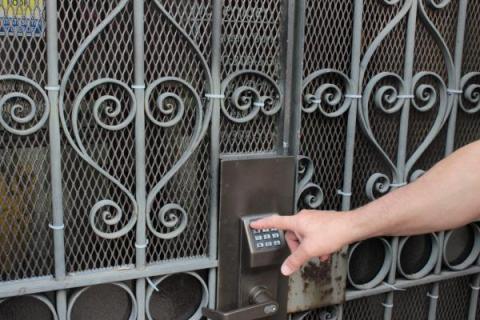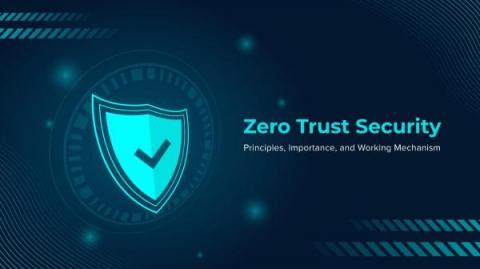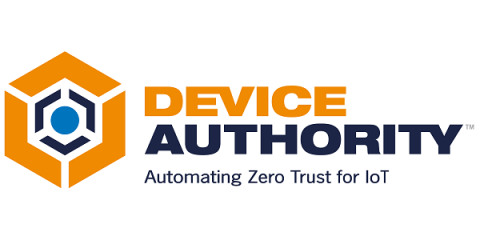Why EDR and NDR Tools Are Not Zero Trust Security Solutions & What to Use Instead
Lock the doors inside your home, hand out keys sparingly, then turn on an alarm in every room. Your house will get a lot more secure. However, it will also become unlivable. Tight security policies, access conditions, and subnetting configurations can take away risk but even mature Zero Trust Architecture (ZTA) environments must balance cybersecurity with usability.











